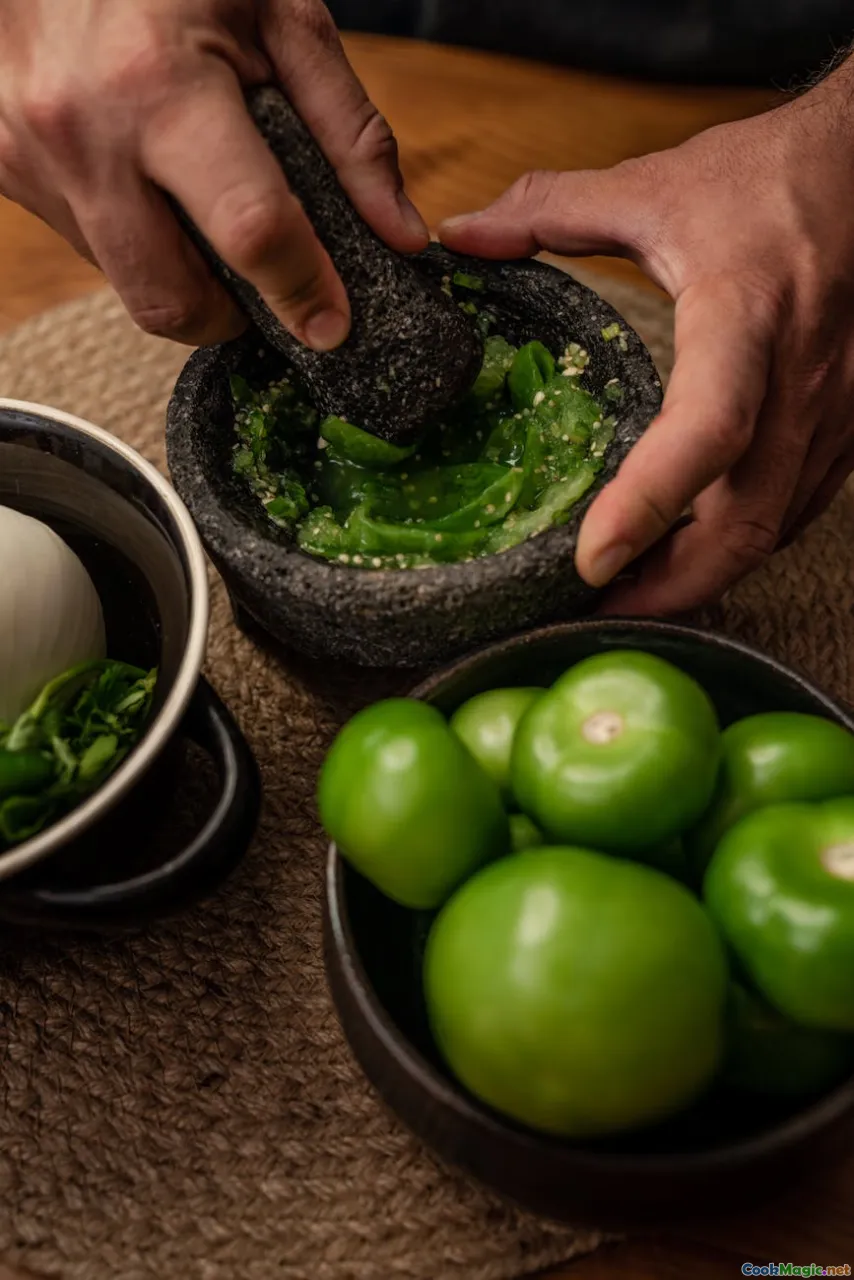Exploring Papua's Culinary Heritage
8 min read Journey through Papua's rich culinary tapestry, uncovering traditional dishes, indigenous flavors, and the cultural stories behind them. April 20, 2025 12:00
Exploring Papua's Culinary Heritage
Papua, the easternmost province of Indonesia, is a land of breathtaking natural beauty—towering mountains, lush rainforests, and vibrant coral reefs. Yet, beyond its stunning landscapes, Papua holds a treasure trove of culinary traditions that echo its diverse cultures and ancient ways of life. Stepping into the kitchens and markets of Papua is akin to unlocking a world of bold flavors, primitive cooking techniques, and stories carried forward through generations.
The Heart of Papua’s Food Culture: Connection to Land and Sea
Papuan cuisine is deeply rooted in its environment. The island's abundant natural resources—tropical fruits, root vegetables, fresh seafood, and wild game—are the backbone of everyday meals. This close relationship with nature has cultivated a cuisine that’s simple yet profound, emphasizing freshness and indigenous ingredients.
From the bustling markets of Jayapura to remote villages nestled among the mountains, the sights, smells, and textures of Papua’s food tell stories of survival, community, and identity. It’s a cuisine that’s as much about honoring tradition as it is about nourishing the body.
Indigenous Ingredients and Their Significance
Sago: The Staple of Papua
Sago, derived from the pith of sago palms, is arguably Papua’s most iconic ingredient. Its versatility is unmatched—used in everything from porridge to bread, and even fermented into a sourdough-like dish.
The process of preparing sago is labor-intensive but worth the effort. The pith is grated, washed, and then boiled or roasted. Its fluffy, chewy texture and nutty flavor evoke comfort and resilience. Sago symbolizes sustenance, especially in remote communities where it’s a primary energy source.
Seafood and Wild Game
With coastlines and rivers teeming with life, seafood forms a vital part of the diet. Fish like tuna, mackerel, and reef species are grilled, smoked, or cooked in banana leaf parcels, imparting a smoky aroma that’s irresistible.
In the interior, wild game such as cassowary, tree kangaroo, and wild boar are hunted sustainably, then slow-cooked or roasted. These meats are often seasoned with local herbs and spices, creating rich, earthy flavors.
Tropical Fruits and Vegetables
Papaya, banana, breadfruit, and yam are common in Papuan cuisine. Their natural sweetness and hearty textures add depth to meals. Many dishes incorporate wild herbs like tapioca leaves and local peppers to enhance flavor.
Traditional Cooking Techniques
Underground Earth Ovens
One of the most fascinating aspects of Papuan culinary tradition is the use of underground earth ovens, known locally as moka. These pits are dug into the ground, lined with hot stones, and used to slow-cook meats and root vegetables.
The process involves heating stones in a fire, placing food wrapped in banana leaves or woven baskets over the stones, then covering everything with earth. After several hours, the food emerges tender, infused with smoky flavors—a technique that has sustained communities for centuries.
Fermentation and Preservation
Fermentation is another vital technique, especially in preserving fish and vegetables. Fish is often fermented into bakasang, which develops a pungent aroma and umami-rich flavor, adding depth to broths and stews.
Signature Dishes of Papua
Papeda and Fish Soup
Papeda, a viscous sago porridge, is a staple served alongside fresh or fermented fish. Its mild taste provides a blank canvas for bold, spicy broths seasoned with local herbs, chilies, and lime. The combination offers a harmonious balance of textures—smooth, chewy, and tender.
Sago Fried Snacks
Sago is also transformed into crispy, golden snacks—fried balls or chips that are enjoyed as street food or snacks at home. Their crunchy exterior and chewy interior make them addictive.
Bakaramo
A traditional dish where wild game meats are marinated with local spices and slowly roasted over open flames or buried in earth ovens. The result is tender, smoky meat that embodies the rustic, resourceful spirit of Papuan cooking.
The Cultural Significance of Food
Food in Papua is more than sustenance; it’s a vessel of cultural identity. Many dishes are tied to rituals, ceremonies, and community gatherings. For instance, the Yospan dance and music often accompany feasts featuring roasted meats and sago dishes.
The act of sharing food fosters bonds among tribes and families, strengthening social cohesion. Indigenous ingredients like sago and forest herbs are considered sacred, reflecting a profound respect for nature.
Personal Reflections and Encounters
Traveling through Papua, I was struck by the authenticity and resilience embedded in its culinary traditions. One evening, in a remote village, I watched an elder prepare a feast using an underground oven—meat marinated with wild herbs, wrapped in banana leaves, and slowly roasted to perfection.
The aroma was intoxicating, a smoky, earthy scent that seemed to carry the stories of ancestors. Sharing this meal with locals, I felt an intimate connection to the land and its people, a reminder that food is a universal language of culture and history.
Preserving and Celebrating Papua’s Food Heritage
Today, efforts are underway to preserve Papua’s culinary traditions amidst modernization and globalization. Initiatives include culinary festivals, cultural exchanges, and educational programs aimed at passing down indigenous knowledge.
Tourists and food enthusiasts are increasingly drawn to Papua’s authentic flavors, recognizing the importance of sustainable practices and respect for indigenous communities.
Final Thoughts
Papua’s culinary heritage is a vibrant mosaic of flavors, techniques, and stories that reflect its diverse cultures and rich natural resources. It’s a cuisine that invites exploration—where each ingredient and method tells a story of resilience, identity, and harmony with nature.
By embracing and sharing these culinary traditions, we not only savor extraordinary flavors but also honor the indigenous peoples and their enduring connection to the land. Papua’s food is a testament to the profound relationship between culture, environment, and community—a true flavor of unspoiled authenticity.
Embark on a journey to taste the soul of Papua—where every dish is a story, every flavor a tradition, and every meal a celebration of life.









